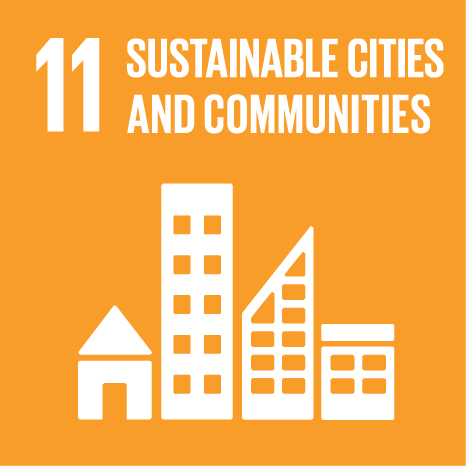Ciência_Iscte
Publications
Publication Detailed Description
Conservation of Historic Stone Buildings
Document Title
Caderno de resumos do curso internacional Practices in Architecture. Constructions in Stone
Year (definitive publication)
2015
Language
English
Country
Portugal
More Information
--
Web of Science®
This publication is not indexed in Web of Science®
Scopus
This publication is not indexed in Scopus
Google Scholar
This publication is not indexed in Google Scholar
This publication is not indexed in Overton
Abstract
Conservation of historic buildings requires both a preliminary and multidisciplinary study. Surveys and analyses - historical, architectural, archaeological, structural, constructive, analyses of the materials, etc. - lead to a correct diagnosis. The goal is to understand all aspects of the building in depth, its evolution over time (constructions and further interventions), as well as to discover the causes of degradation. These data obtained from documentation in situ or in the laboratory lend support to the conservation project and lead to an effective intervention. Constructions in stone require a particular type of study. Stonework is often apparent, original, or the result of a recent trend to remove all the covering from walls and ceilings to reveal the stone beneath. The survey has to be detailed; it is necessary to study the stereotomy and to inventory each stone, its type and alteration pattern. The interior part of the structure the invisible one also has to be analysed. The project must determine what surveys and studies have to be done, based on the characteristics of building and the goal of the intervention. Different phases of analyses are used to specify diagnostics on a progressive basis. I will explore this issue and the methodology using illustrations from some of my conservation projects. The Cais das Colunas Dismantling Project. Dismantling occurred in 1997 due to the expansion works of the Lisbon Metro between the Baixa-Chiado and Santa Apolonia. The main purpose was to register the actual structure and to conserve the original stones. We conducted the photogrammetric survey and made as detailed an inventory of the stones removed as possible, to allow for posterior reconstruction. Conservation Project: Church vaults in the Hieronymites Monastery. Documentation of the stone degradation of the vaults began a century ago. This project was based on the research developed in our Master's thesis in 1995. We planned a series of complementary studies, and followed a specific order: historical analysis; topographic and photogrammetric survey; structural analysis; visual analysis of materials and disorders; direct analyses and tests from the extrados; direct analyses and tests from the intrados, and diagnostic analysis of moisture problems. We performed all phases of the series, except the last one, currently being undertaken by IGESPAR. Special methods of analysis were used in situ to study the interior of the structures, such as ultrasound for the columns and georadar for the vaults. Conservation Project: Hospital Cloisters in the Convent of Christ in Tomar. The vaults presented detachment and high deterioration of stone ridges. The diagnostic consisted of three progressive stages ranging from non-destructive to destructive analysis: historical, architectural and structural studies; in situ analysis of materials and alteration patterns; and collection of samples and laboratory analysis of materials.
Acknowledgements
--
Keywords
Conservation,Historic buildings,Cais das Colunas,Jerónimos monastery,Convento de Cristo
Contributions to the Sustainable Development Goals of the United Nations
With the objective to increase the research activity directed towards the achievement of the United Nations 2030 Sustainable Development Goals, the possibility of associating scientific publications with the Sustainable Development Goals is now available in Ciência_Iscte. These are the Sustainable Development Goals identified by the author(s) for this publication. For more detailed information on the Sustainable Development Goals, click here.

 Português
Português


